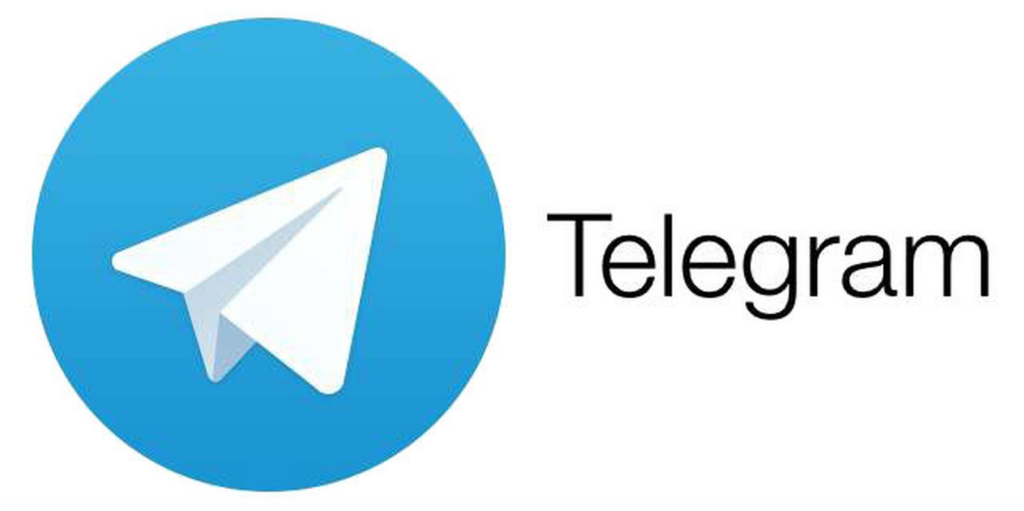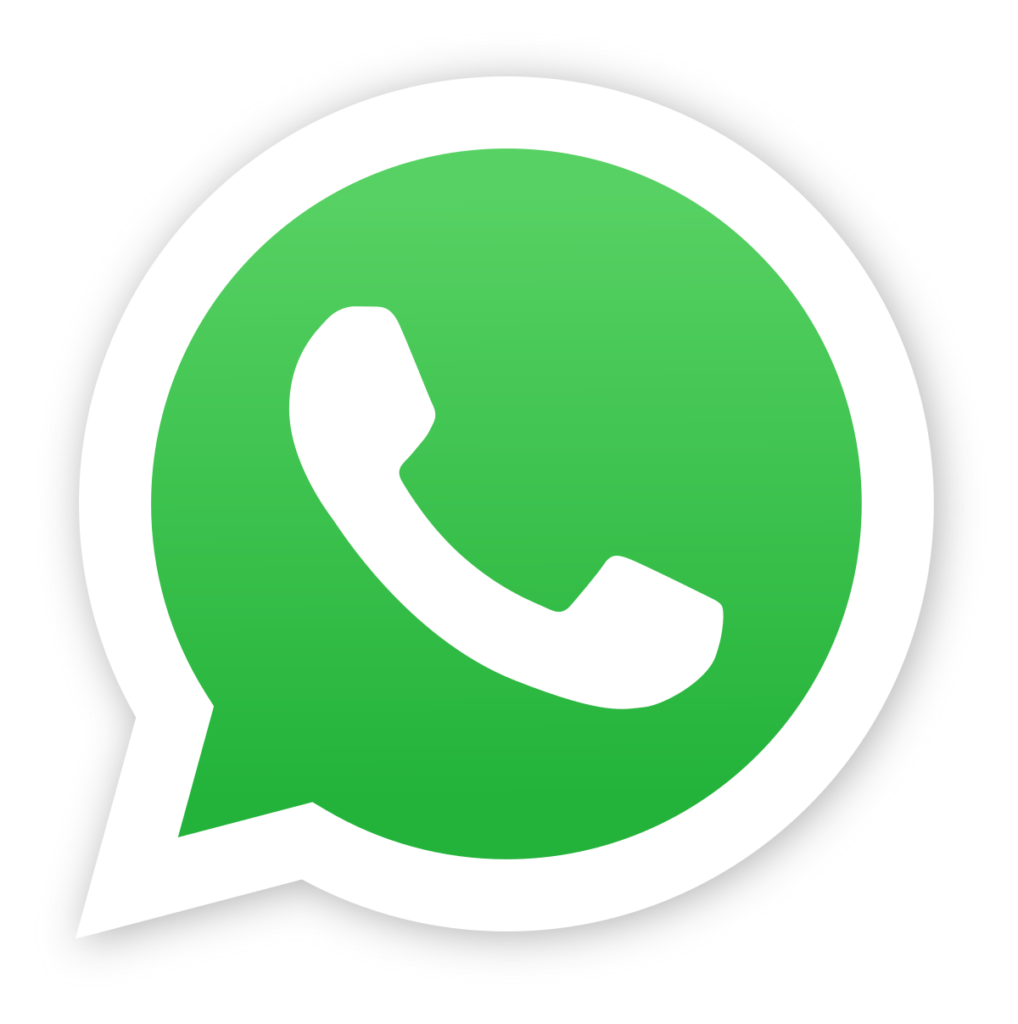Snapchat is a multimedia messaging app that revolutionized the way people communicate by introducing ephemeral content, where messages, photos, and videos, known as “Snaps,” disappear after being viewed. Launched in 2011 by Evan Spiegel, Bobby Murphy, and Reggie Brown, Snapchat quickly gained popularity, especially among younger demographics, due to its fun and casual approach to messaging.
The app features a variety of interactive elements, such as filters, lenses, and augmented reality (AR) effects, allowing users to enhance their Snaps creatively. Snapchat Stories, a feature where users can post Snaps that remain viewable for 24 hours, has become a central component of social media engagement, influencing other platforms to adopt similar features.
Additionally, Snapchat offers Discover, a section for users to explore content from publishers, creators, and brands, making it a versatile platform for entertainment, news, and marketing. With its focus on privacy, spontaneity, and innovation, Snapchat has maintained a distinct position in the social media landscape, continually evolving with new features like Snap Map, Bitmoji integration, and Spotlight, its short-form video platform.
Why need alternatives?
We need alternatives to get more enhances and better apps than the app we are using currently. Apps are valuable because they streamline tasks, provide convenience, and offer access to information and services on-the-go. They can enhance productivity, facilitate communication, entertain, educate, and assist with various daily activities. For instance, productivity apps help with time management and organization, social apps connect people globally, entertainment apps offer media content, and educational apps facilitate learning. Overall, apps cater to diverse needs and preferences, making them indispensable in modern digital lifestyles.
Snapchat alternatives
- Telegram
- Facebook Messenger
- Signal
1. Telegram

Telegram is a cloud-based instant messaging app known for its focus on speed and security. It allows users to send messages, photos, videos, and files of any type, with end-to-end encryption for privacy. Telegram supports group chats with up to 200,000 members, as well as channels for broadcasting messages to large audiences. The app is available on multiple platforms, including mobile (iOS, Android, Windows Phone) and desktop (Windows, macOS, Linux), and syncs messages seamlessly across devices. Telegram also offers features like voice calls, stickers, and bots, making it popular among users seeking fast, secure, and feature-rich messaging experiences.
2. Facebook Messenger

Facebook Messenger is a messaging app and platform owned by Meta Platforms, Inc. It allows users to send text messages, make voice and video calls, share photos, videos, and links with their contacts. Integrated with Facebook’s social network, Messenger operates on both mobile devices and desktop computers, offering a convenient way to stay connected with friends, family, and businesses. It supports various features such as group chats, reactions to messages, and the ability to send money through the app. Messenger also serves as a platform for businesses to interact with customers through chatbots, providing customer support, sending updates, and facilitating transactions.
3. WhatsApp

WhatsApp is a popular messaging app owned by Meta Platforms (formerly Facebook). It allows users to send text messages, voice messages, make voice and video calls, share images, documents, user locations, and other media. WhatsApp uses end-to-end encryption to secure users’ conversations, ensuring that only the sender and recipient can read the messages. It operates on mobile devices and desktop computers, providing a convenient way for people to stay connected globally through internet-based communication. WhatsApp is widely used for personal messaging and increasingly for business purposes, offering features like WhatsApp Business for small enterprises to interact with customers.
4. Instagram

Instagram is a popular social media platform primarily focused on sharing photos and videos. Launched in 2010 and acquired by Facebook in 2012, Instagram allows users to post content, follow other users, and interact through likes, comments, and direct messages. It features various filters and editing tools to enhance photos and videos before sharing. Instagram also includes Stories, a feature for sharing temporary content that disappears after 24 hours, and IGTV for longer-form videos. It has become a powerful tool for individuals, influencers, and businesses to connect with audiences, showcase creativity, and market products or services through visual storytelling.
5. WeChat

WeChat is a versatile and widely used Chinese multi-purpose messaging, social media, and mobile payment app developed by Tencent. Launched in 2011, it has become one of the world’s largest standalone apps by active users. WeChat offers a range of features beyond messaging, including voice and video calls, social networking through its Moments feed, mobile payments via WeChat Pay, and various services like booking taxis, paying bills, and accessing news. Its comprehensive functionality and integration with numerous third-party services make it a central part of daily life for millions of users, particularly in China.
6. Signal

Signal is a secure messaging app known for its strong focus on privacy and encryption. Developed by the Signal Foundation, it offers end-to-end encryption for messages, voice calls, video calls, and media sharing, ensuring that communications remain private and protected from interception. The app is open-source, allowing for independent security audits, and does not collect user metadata, making it a popular choice for those who prioritize confidentiality and data security. Signal is available for free on both mobile and desktop platforms, offering a user-friendly interface alongside robust security features.
Our Recommendation
We suggest you to use Telegram because it is a cloud-based instant messaging app known for its focus on speed and security. It allows users to send messages, photos, videos, and files of any type, with end-to-end encryption for privacy. Telegram supports group chats with up to 200,000 members, as well as channels for broadcasting messages to large audiences. The app is available on multiple platforms, including mobile (iOS, Android, Windows Phone) and desktop (Windows, macOS, Linux), and syncs messages seamlessly across devices. Telegram also offers features like voice calls, stickers, and bots, making it popular among users seeking fast, secure, and feature-rich messaging experiences.


